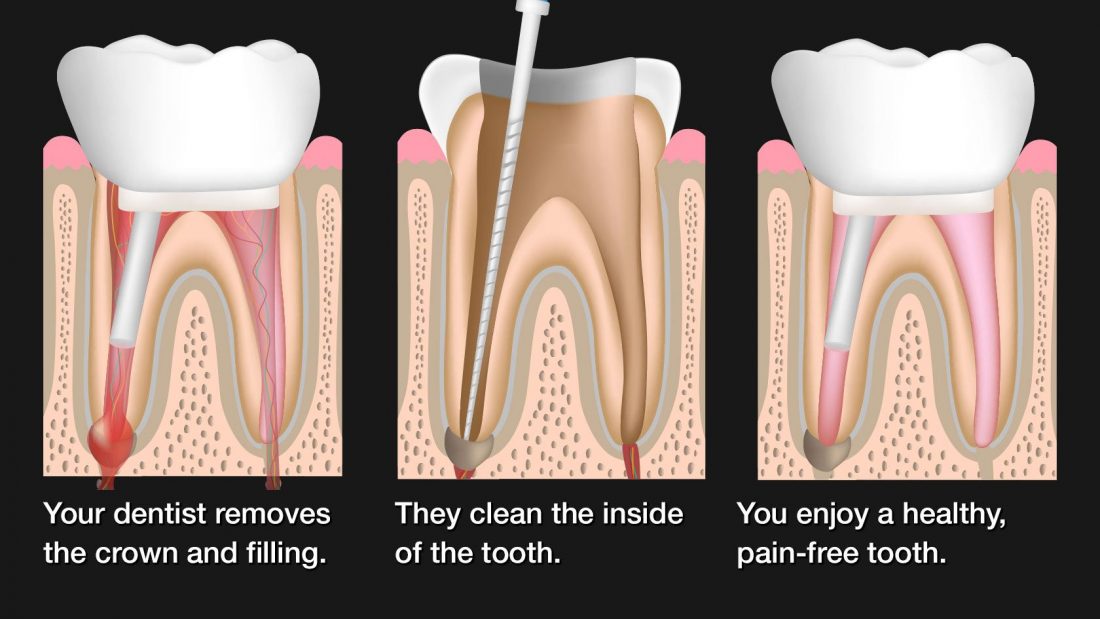
Dental Health and Root Canals
In past years, when someone had a tooth with a diseased nerve, it would be totally lost. Today, it is now possible to save such a tooth. This is through the existence of a procedure known as a root canal treatment. It only takes about 1 to 3 visits to the dentist to have a root canal done. You will be saving your tooth and smile when you have a root canal treatment.
What function does a root canal serve?
The nerve of a tooth is not completely vital after the tooth has come out of the gums. It does help the person to feel if something is cold or hot. Someone who has cavities or cracks in their teeth may have bacteria enter the pulp tissue and develop an infection in the tooth. This can lead to an abscess, and then to some serious swelling, injury to your jawbone, and negative effects on your health in general. If the patient does not get treatment right away, the tooth may have to be taken out.
What signs indicate that the patient may need a root canal?
It does not always have to be painful to receive a root canal treatment. If you have some pain when you chew or when you encounter something that is really cold or hot, as well as sensitivity and swelling in your gums, darkening of your teeth and toothaches, you just may need to have a root canal.
What does a root canal treatment entail?
It is often necessary to have root canals take between one to three visits to be complete. First, affected tissue must be removed from the person’s mouth. Then, his or her tooth will be cleaned and closed shut. The dentist then uses composite material to create a filling. The dentist may recommend a crown in order to harden the tooth and prevent it from breaking. By having checkups and making sure that you brush and floss your teeth, the treated tooth certainly will last.
When you have a cavity, that means that your tooth’s enamel (which is a tissue that is within teeth) is decaying. The decay can create a deep hole in your tooth and cause damage to its inherent structure. If a normal filling will not properly treat the tooth, it is crucial to conduct a root canal to help protect and preserve the tooth. This is a preferable alternative to how they were treated in the past, with the tooth merely being pulled out.
Procedure:
- It is necessary for every patient to be given anesthesia.
- A dam (type of dental tool) is placed in the mouth to separate the person’s tooth
- The dead and infected tissue are taken out.
- The canals of cracks of the tooth are cleaned thoroughly.
- The canals are reshaped using various dental tools.
- A temporary covering is placed over the opening.
- Immediately visit your dentist to have your tooth restored.
